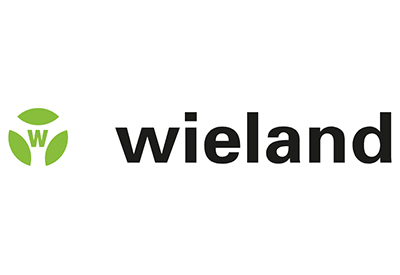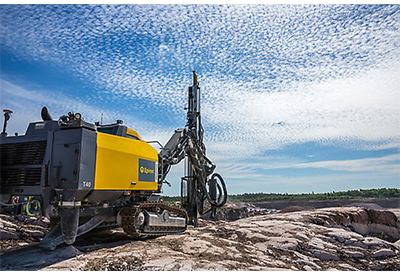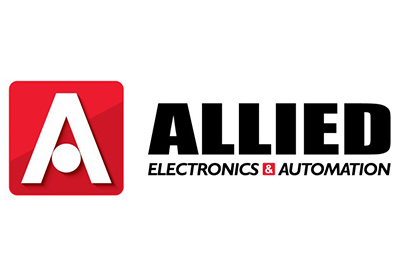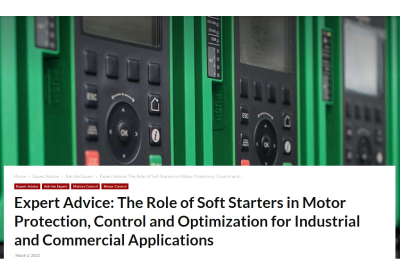The Integrated Value Chain
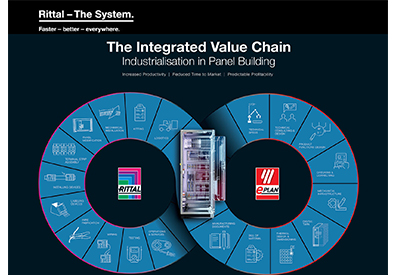
October 6, 2020
A simplified and more efficient way to manufacture electrical control panels.
Panel builders operate in exceedingly tough competitive markets, which mean that reducing time spent on designs and excluding errors and reworks – in other words – keeping costs down – is of paramount importance. But, how can you meet this challenge? If these are just a few of your issues, then there is a solution:
- – Increasing price pressure
- – Shortage of skilled labour
- – Pressure to reduce delivery times
- – Ineffective workflows and quality issues
- – Requirement to reduce scrap
- – How to increase productivity
- – How to simplify the production of panels
By closely working with their customers, Eplan has benchmarked several panel and machine builders by evaluating workflows and the time taken to produce a single unit, and has found that the majority of panel builders are working manually. Therefore, there is need for further action to shift from manual to semi-automated engineering. By introducing automation technologies and integrating engineering and production processes, panel builders can benefit from an increase in productivity, shorter project turnaround times, cost savings and improvements in product quality.
Eplan is offering FREE ASSESSMENTS to panel builders which aims to identify bottlenecks in design and manufacturing, and with the information they have collected from the aforementioned customer study, they can advise on how you can save time, reduce scrap and simplify the production of panels dramatically. The free assessment includes:
- – Business Assessment: They’ll use the algorithm based on their benchmark to help their customers understand their operations by analysing their business and identifying challenges and opportunities. They’ll also identify the areas in which there are bottlenecks, where there are losses which result in time and money lost and the possible optimisation potential for different areas on the shop floor.
- – Savings Potential: They’ll suggest ways in which to optimise your workflow and reveal the cost and time savings that can be expected.
- – Scope of Improvement: They’ll outline the deliverables of what is needed to implement the change successfully.


